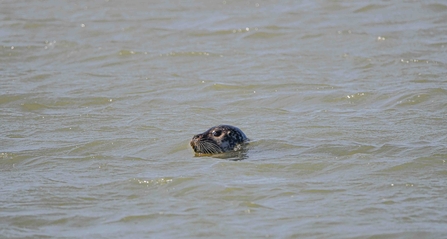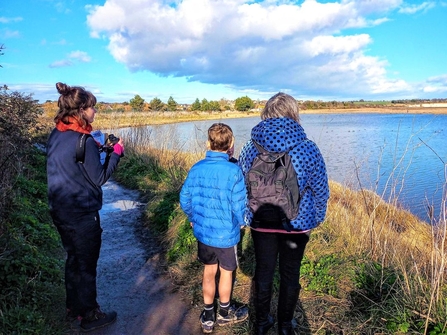These unique habitats between earth and coast have, throughout history, been seen as somewhat liminal spaces. In literature and folklore, they’re often recorded as mysterious and mystical – even as places where the lines between natural and supernatural worlds are thin.
Now, don’t get us wrong, we love that salt marshes are the subject of poetry and intrigue. But perhaps we need to give them their due spotlight as real places of beauty, biodiversity, and ecological significance, too!
So, let’s dive right into some of the most interesting facts about salt marshes, why they’re important, and what we can do to protect them.

